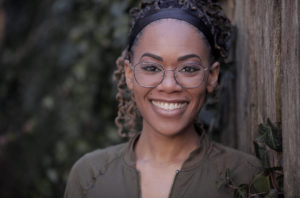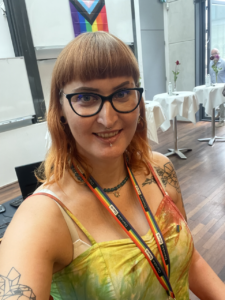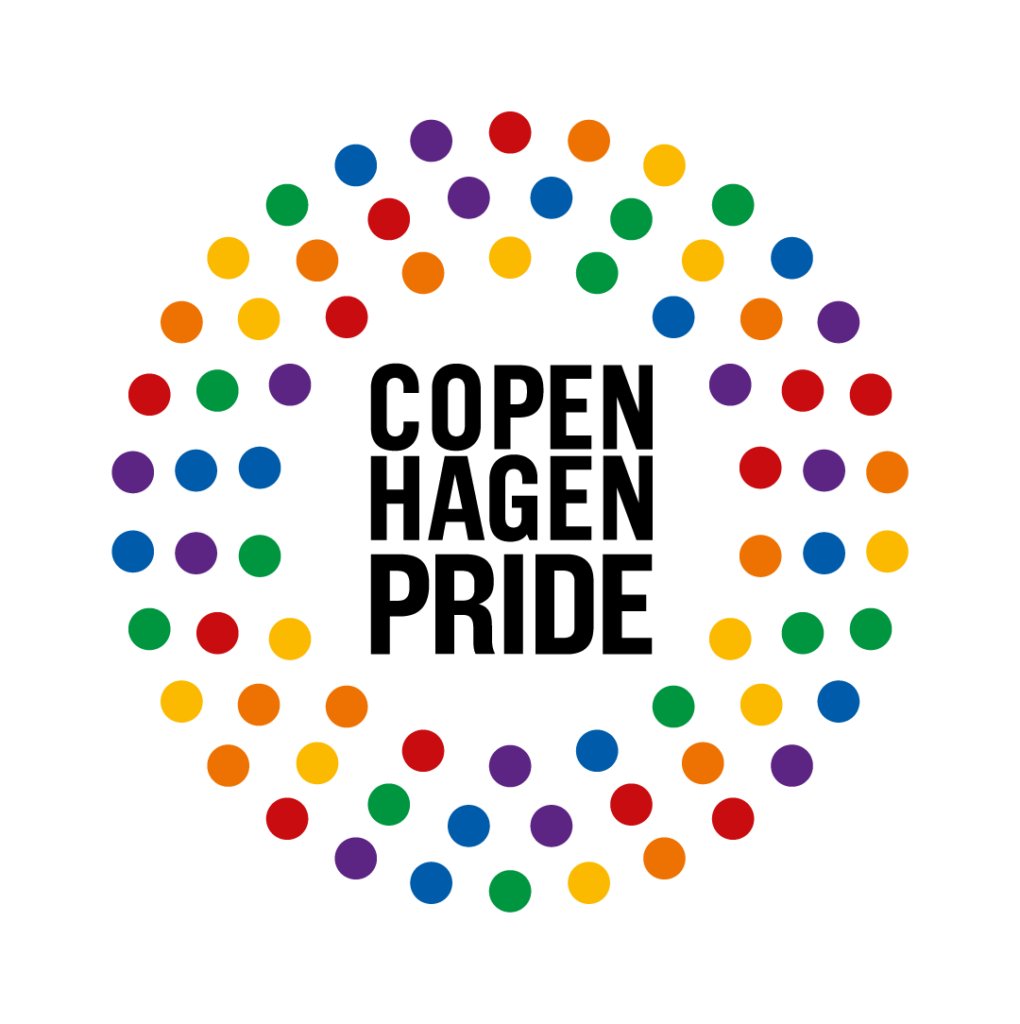
Make the world a global village: On technology and Pride
By Nicola Pettinger
Photo: Marvin Meyer / Unsplash
As we leave this year’s Pride season behind us, the theme of this issue of HeartCore provides a great moment to delve a little deeper into how technology helps – and hinders – our community.
What better way to kick-start this than to have a conversation with Natalie Thompson who was a key member of the core group that organized Global Pride during the corona pandemic in 2020. According to their official website, “Global Pride, the 27-hour virtual Pride that took place on June 27, reached a worldwide audience of 57,050,978 viewers in at least 163 countries”. Natalie is a deeply inspiring person and the insights that she shared resonate deeply with us here in Copenhagen.
Let’s start with a short background: Natalie is the VP of Global Outreach and Partnership at InterPride, and as the impact of corona lockdowns spread across the world, she became part of a group of Pride organizations that had become increasingly aware that it would be unsafe to meet in person. This presented a unique opportunity where the idea of a virtual Pride became a reality. Innate in the term “virtual” is of course the use of technology – which eventually gave rise to a truly global event that over the course of 27 hours spanned all global time zones and allowed our worldwide LGBTI+ community to celebrate Pride from the safety and comfort of our own spaces.
Speaking with Natalie, I heard how technology was not only an enabler during the organizing of such an event but also the facilitator of accessibility in a multitude of ways.

Together apart
Various technology-facilitated meeting spaces supported volunteers to meet and coordinate several times a week despite being in different parts of the world and across varying time zones. There was a sense of “togetherness” created as lived experiences were shared by people sitting miles away from each other – and equally, virtual media facilitated sharing with communities everywhere that Global Pride would be taking place.
Using digital spaces empowered the organizers of this huge event to coordinate everything in under three months, creating – as Natalie so beautifully describes it – “a Pride where all can participate: we could embrace the global community through different digital needs in a time that was otherwise isolating.”
By bringing Pride into the digital sphere, the team was able to stream across several platforms (including YouTube, Facebook, Twitch, and Revry) to maximize accessibility around the globe. Natalie adds that this was a moment where “the whole world could experience our community in all its glory” – whether in isolation or in viewing parties of safe bubbles, according to the local guidelines in place at the time.
The event was pre-recorded and then streamed so that people could interact safely whenever it was most accessible for them, with the added security of knowing that the content was already generated. Again, Natalie notes how technology was a huge enabler for the community. In a physical Pride celebration, there is very little control over who enters the space which therefore produces challenges in keeping a positive environment. With the online stream and live chat, the Social Media teams were more readily able to monitor interactions than in ‘real’ life and able to create an environment of support and positivity. “I really wish we had a transcript of the chat!” smiles Natalie as she talks more about how technology supported accessibility, including international sign language interpreters, which is not always possible at in-person events.
Access and activism
We speak in more depth about how technology brought the LGBTI+ world together at this time: “a time where all these platforms had already existed, and where because of the technology we were able to enter a space where we could engage at any time.” There is no doubt that having an internet connection is a prerequisite and privilege but when it is there, we can unite. Natalie continues: “we’ve always been a global community, and this ability to gain access through technology shows us that we are together. We are not alone… We need to support each other and move collectively in the same direction.”
The digital space enabled the building of this major event and the resulting community of support – and Natalie shares a key takeaway: that Global Pride is a blueprint that we can build on. She shares a moving thought: “Let us not lose sight of how important technology is. There is a whole network out there of willing people, and we need to center accessibility within this. We need to enable everyone to participate, including those we don’t know are out there, and who are looking for this connection.”
And it is this thought – of using technology to bridge gaps within the community – that brings me from the global view to our local home, here in Denmark.
I recall vividly the comment from local Copenhagen author Chantal Al Arab in a previous HeartCore article on sustaining history with stories, that “we got here not because the mainstream wanted to give us rights – and that means we can’t take for granted that we will have more rights tomorrow.” (HeartCore #7 SUSTAINABILITY, February 2022) Digital platforms such as Change.org and organizations such as Amnesty Tech can bring the voice of the minority to the mainstream, raising awareness and facilitating discussions that would otherwise not surface.
There are other ways that our voice is brought to the fore. Jill Gutowitz’s book ‘Girls Can Kiss Now’ explores the representation of lesbianism in mainstream media through the recent past. Influential social media accounts on mainstream platforms like Facebook and Twitter can use satire to provoke self-reflection in their followers. Comments can generate thousands of reactions. Here in Denmark, there are several online communities and chat groups where information is shared, and a range of networks enabled by technology and media platforms that our local LGBTI+ community members can join.
The importance of digital spaces
I spoke in some detail about the importance of technology for the Copenhagen transgender community with Ninna Køhrsen, Danske Rainbow Network board member at Danske Bank. As we were talking, we discussed items similar to Natalie’s observation that it is easier to monitor an online community. Ninna notes that there is also a negative side to the global nature of technology: bullying, harassment, and discrimination were previously limited to the local area, where now they are global and constant. People can be bolder and more efficient in attacking their targets online, can access wider amounts of data, and can threaten to leak details of addresses, jobs, or family as a source of blackmail.
Despite these dangers, Ninna tells me that “in Copenhagen, the digital space is how we organize. The first step can be quite critical and is possibly harder than in physical spaces due to a need to verify whether the new digital joiner really is someone who should be part of this online community or is trying to enter our safe space disruptively. And as a minority within the minority LGBTI+ community, this can be really hard.” However, there is an upside to this: “some trans people have never met another trans person in real life, and these digital spaces allow meetings despite the distances.”
Technology in the form of online communities and chat spaces is of huge importance to the community here in Copenhagen – and around the world – in that information can be shared quickly and easily. Ninna draws my attention to how, “we can help each other a lot regarding how to get medical care, share lived experiences, which is hard information to come by off-line”.

A global village
I wondered whether the importance of technology was changing within the community, and Ninna shared her experience that “if there becomes too large a gap between those who use certain groups and technologies and those who don’t, then there could be a loss of history. Even Facebook usage is declining because of the limits as to what can be shared – and this then demands more private spaces, even where people can use nicknames for safety, which in turn can make the space harder to access.” She continues, “there is so much misinformation online as well. You can type something like Am I trans? into Google and get a lot of results – but some of these can be dangerously misinforming.”
As we closed out our insightful conversation, I asked whether Ninna had any final thoughts to share with us. “Technology provides really important resources for trans people. Harassment was there before, and it is there now across distances… but we can now also meet across distances. Technology raises exposure and can bring words to something that could otherwise be unknown – we are progressing.”
It is on that thought that I return to the list of those who have helped pave the way for technological advances; those who fought for fundamental rights; those who envisaged, organized, and took part in Global Pride; those campaigning and working globally via known digital platforms; those who are part of, or trying to enter, local communities. For all the undeniable downsides, digital spaces are a key part of our future, and somehow help to make the world a global village.



